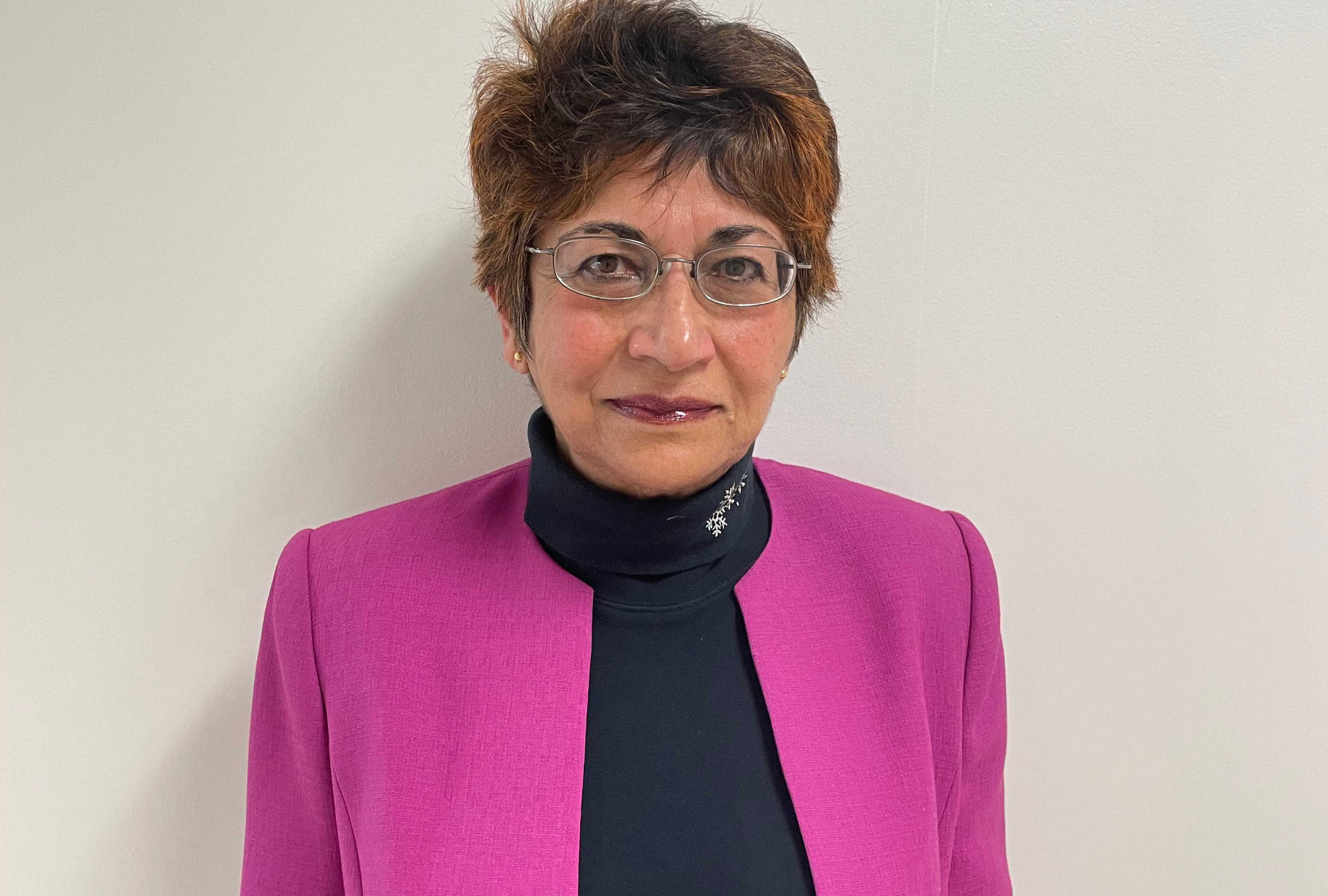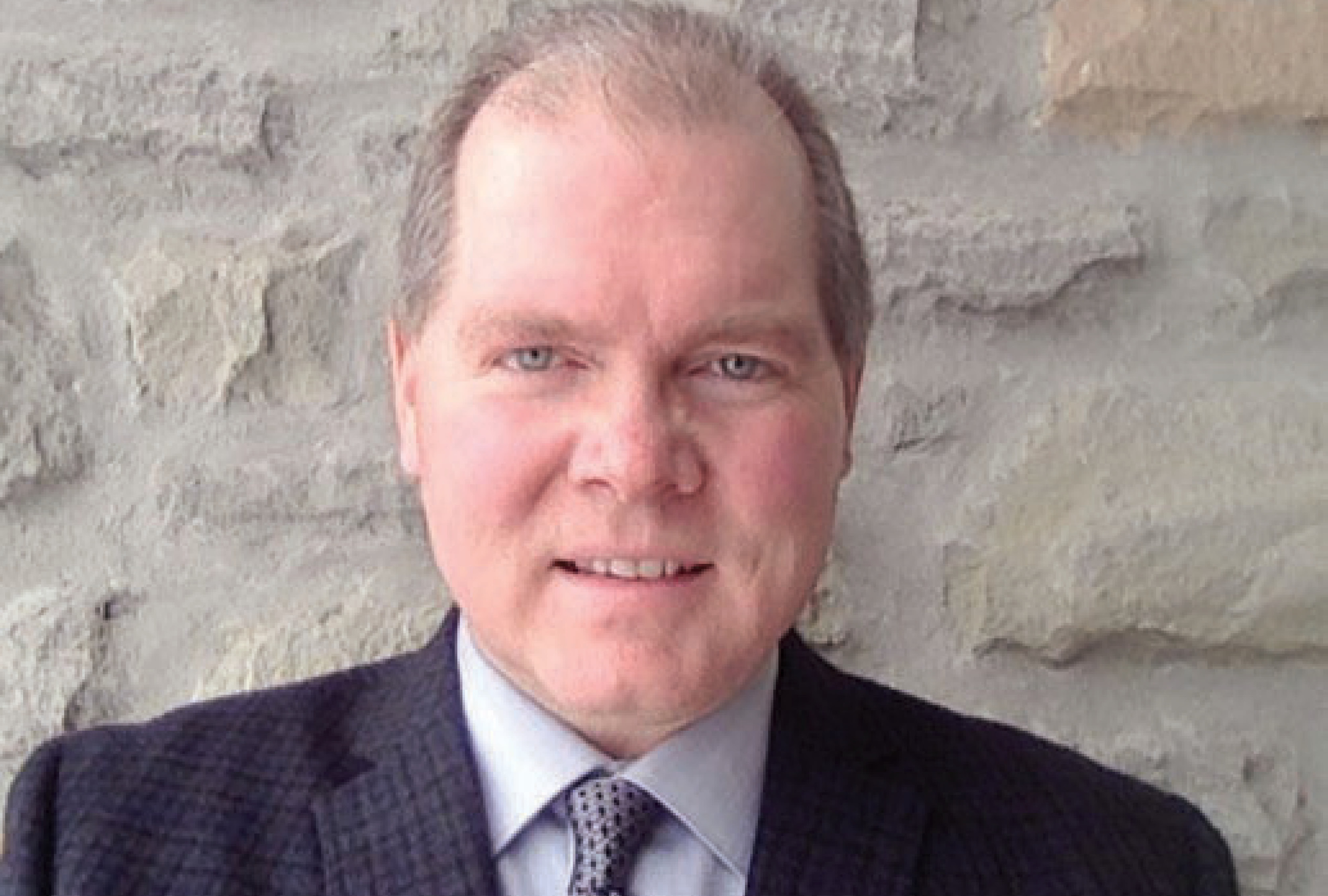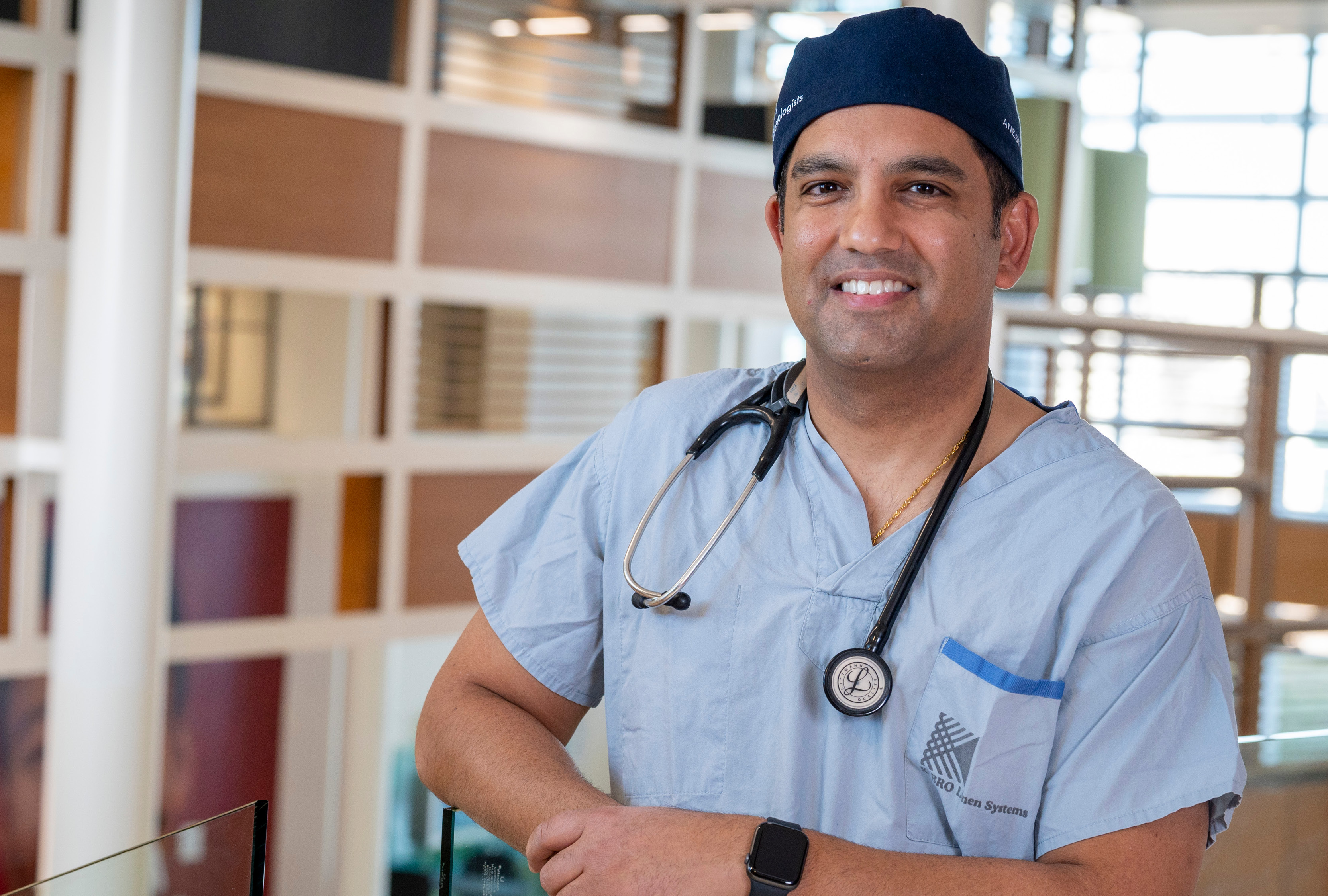OMA action
Met with the provincial minister of long-term care in December 2022 to provide a presentation on top issues and solutions regarding long-term care. A major recommendation for relieving stress on emergency departments and to treat residents in their long-term-care homes was to enable these homes to do same-day laboratory testing and mobile radiography within the residences.
Outcome
In January 2023, the Ontario government announced a pilot project with two hospitals to increase the number of hours for pre-booked appointments for X-ray and ultrasound services and non-urgent transport for X-ray and ultrasound services for long-term-care residents. While this is not exactly what the OMA recommended, it is a good first step and provides faster access without long-term-care residents having to go through emergency departments. The province is also working with hospitals and community labs on a plan to deliver diagnostic services to residents inside their long-term-care homes.



